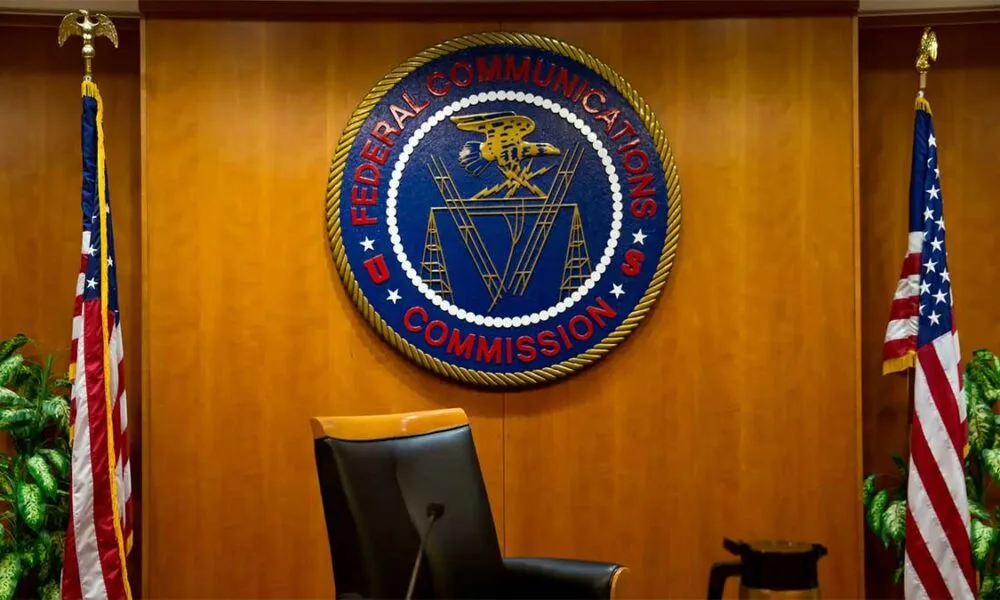The recent ruling by a U.S. appeals court has halted the Biden administration’s ambitious efforts to restore net neutrality rules, dealing a critical blow to the principles of an open and equitable internet. Net neutrality, a concept central to ensuring fair competition, innovation, and unrestricted access to information, prohibits internet service providers (ISPs) from manipulating content delivery, access speeds, or pricing structures. The decision, heavily influenced by the Supreme Court’s Loper Bright decision, has shifted the regulatory dynamics of the internet, leaving the enforcement of these rules largely to individual states.
In 2024, the Federal Communications Commission (FCC) voted to reinstate net neutrality protections initially implemented in 2015 and repealed during the Trump administration in 2017. This move aimed to prevent ISPs from prioritizing their own services or those of paying partners, a practice critics argue could marginalize smaller businesses and harm consumers. However, major ISPs such as AT&T, Comcast, and Verizon mounted a legal challenge, arguing that the regulations stifled innovation and discouraged investment in internet infrastructure. The appeals court sided with the industry, stating that the FCC lacked the necessary authority to impose such sweeping federal regulations.
FCC Chair Jessica Rosenworcel expressed her dismay, emphasizing the need for legislative action to codify net neutrality into federal law. She highlighted the potential risks to consumer rights and fair competition without these protections. In contrast, critics like former FCC Chair Ajit Pai celebrated the decision, advocating for minimal regulatory oversight to foster innovation and improve internet access. This dichotomy reflects the broader tensions between market-driven approaches and regulatory intervention in managing the digital landscape.
The origins of net neutrality date back to the early 2000s, when legal scholar Tim Wu introduced the term to describe the principle of equal treatment of all data on the internet. Over the years, the debate has oscillated between advocates who fear unchecked ISP control and opponents who view regulation as a barrier to progress. Proponents warn that without robust protections, ISPs could create a tiered internet, favoring certain services while marginalizing others, potentially eroding democratic access to information and innovation. Critics counter that excessive regulation could hinder the development of faster, more advanced networks and stifle technological progress.
The court’s decision underscores the growing role of state-level initiatives in shaping internet regulation. States like California have enacted their own net neutrality laws, providing a patchwork framework that attempts to preserve the principles of an open internet despite the absence of federal mandates. This decentralized approach raises questions about consistency and the potential challenges for businesses operating across multiple jurisdictions.
As Congress deliberates potential legislative solutions, the broader implications of the net neutrality debate become increasingly clear. The stakes extend beyond technical regulation, touching on fundamental questions about the balance between corporate interests, consumer protections, and the democratic nature of the internet. The appeals court’s ruling serves as a reminder of the evolving complexities of internet governance in a digital age marked by rapid innovation and shifting power dynamics.
The future of net neutrality will likely hinge on a delicate balancing act. Policymakers must navigate the competing demands of fostering innovation, ensuring fair competition, and protecting consumers from potential exploitation by dominant ISPs. As the digital landscape continues to evolve, the outcomes of these debates will shape not only the functionality of the internet but also its role as a cornerstone of modern society. The conversation surrounding net neutrality remains a vital discourse on the rights and responsibilities that underpin a connected world.










